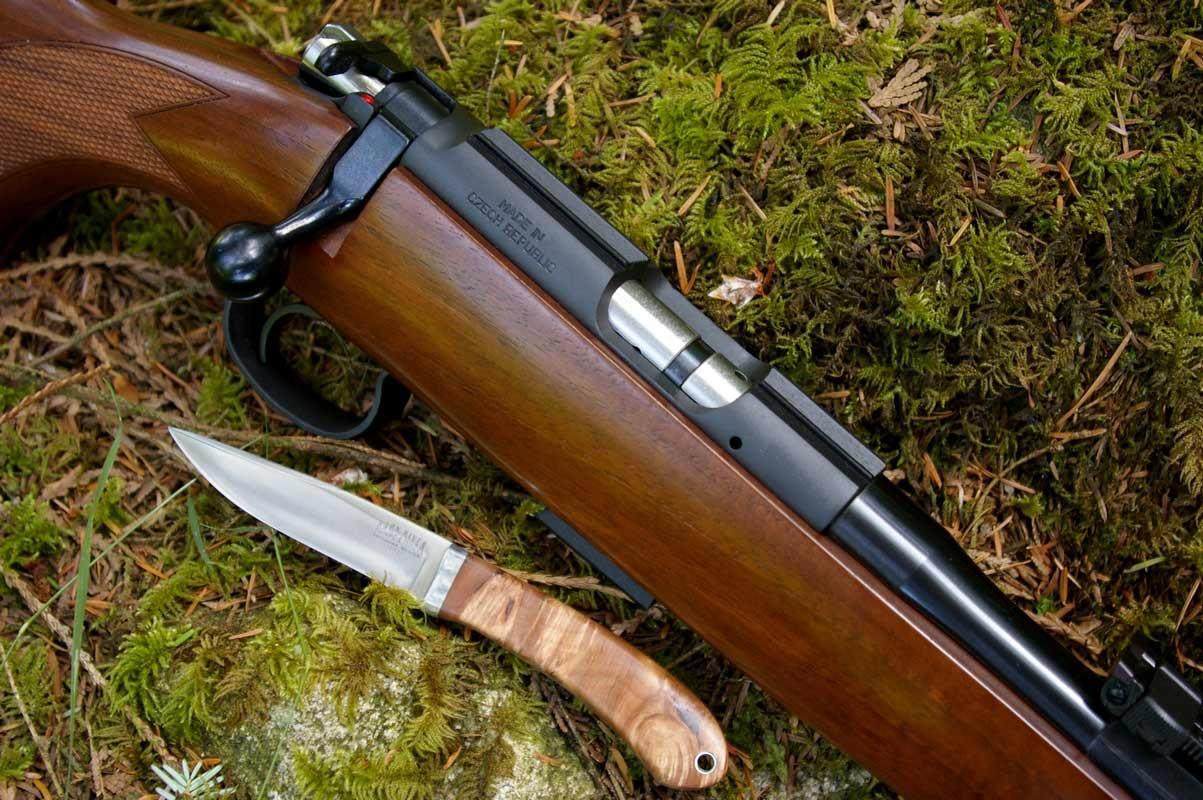Огонь, вода и медные трубы.
Автор: Андрей Уланов
Как известно по вестернам, на очень Диком Западе патроны носили на кожаных поясах. Этим грешили даже солдаты, правда, у них для этого были подсумки Хагнера.
Но – вскоре выявилось, что медная гильза под воздействием всяческих природных условий, в частности, при контакте с кожей, имеет свойство менять свои свойства и при выстреле растрескиваться. После чего солдатику рекомендовалось использовать шомпол, а если не поможет – нести ружжо оружейнику. Как правило, когда оружейника рядом не было, а имелись в количествах всякие недобрые индейцы или мексиканцы, солдаты пытались выковырять остатки гильз при помощи ножа, поминая всякими словами свое командование. Спустя некоторое время эти пожелания все же дошли, куда надо и Департамент Вооружений озаботился заменой гильз на латунные.
"Both the rifle and carbine cartridge cases were initially formed from copper. Copper tended to develop a form of corrosion known as verdigris with a distinctive green coloration. Problems with corrosion were compounded when soldiers utilized locally produced cartridge belts which held the cartridges more securely and readily than the issue cartridge box. These cartridge belts left the cartridges exposed to the elements and chemical residues in the leather. When a corroded cartridge case was fired, the case expanded and the verdigris immediately set, jamming the expanded case in the chamber. A jam required manual extraction. The manual directed that a ramrod and a plug be rammed down the barrel to clear the weapon. If this method failed to clear the jam the only official remedy was service by the armorer. According to period accounts, soldiers frequently resorted to the use of their knives in combat situations to clear a jam. As the problem became widely known, the Ordnance Department developed brass cartridge cases which were stronger than their copper predecessors".
